1. Eating with Bare Hands in the Himba Tribe

In Namibia, the Himba people have kept the ancient practice of eating with their hands alive. For them, using hands isn’t just about utility; it’s a way to connect directly with their food and the earth. Each meal is a tactile experience, where the texture and temperature of the food become part of the ritual. They believe that eating with hands brings a kind of respect and gratitude to the meal that utensils can’t offer shares AFKTravel.
This tradition also strengthens social bonds, as sharing food hand-to-hand is common during gatherings. It’s a subtle reminder that food is a communal experience, not just about nourishment but about togetherness. Many visitors find it humbling to watch and learn from the Himba’s simple yet deeply meaningful way of dining. It feels like a bridge between nature, community, and sustenance adds TikTok.
2. The Kava Ceremony in Fiji

In Fiji, the kava ceremony is more than just drinking a beverage; it’s a sacred ritual that dates back centuries. The kava root is ground and mixed into a muddy drink, served in a communal bowl. Participants drink it in a specific order, accompanied by chants and respectful gestures, which symbolize peace and friendship. This ritual is often held to mark important social or political events shares Outlook Traveller.
What makes the kava ceremony special is how it brings everyone into a shared moment of calm and respect. Despite the somewhat bitter taste, the drink is revered for its ability to relax and connect people on a spiritual level. It’s an invitation to slow down, listen, and honor relationships through this shared tradition that feels both ancient and alive adds RNZ.
3. Communal Eating from a Single Pot in Papua New Guinea
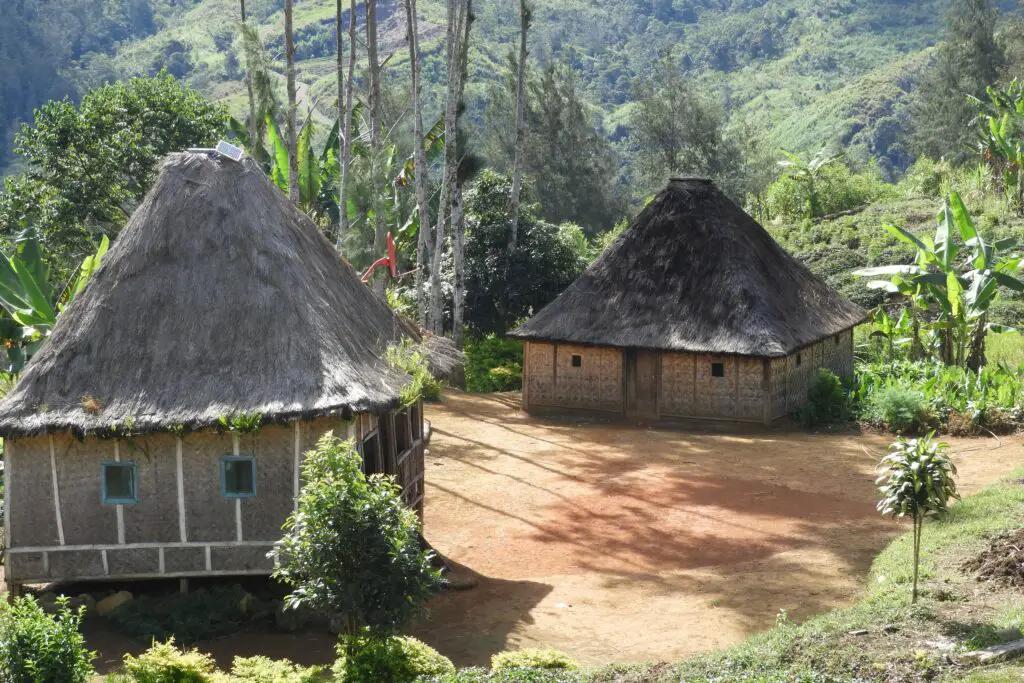
In many remote villages in Papua New Guinea, eating from a single large pot is still common practice. Everyone gathers around and uses leaves or handmade spoons to share the meal. This communal approach reinforces the idea that food is a collective blessing rather than an individual possession. It also fosters a sense of equality, as everyone eats from the same source regardless of age or status.
This ritual emphasizes community over personal space or preferences. The act of passing food around and sharing stories strengthens social bonds. It’s a reminder that meals are moments to nurture relationships, not just to satisfy hunger. Watching this practice reveals how food can be a powerful force for unity.
4. The Japanese Tea Ceremony in Remote Villages
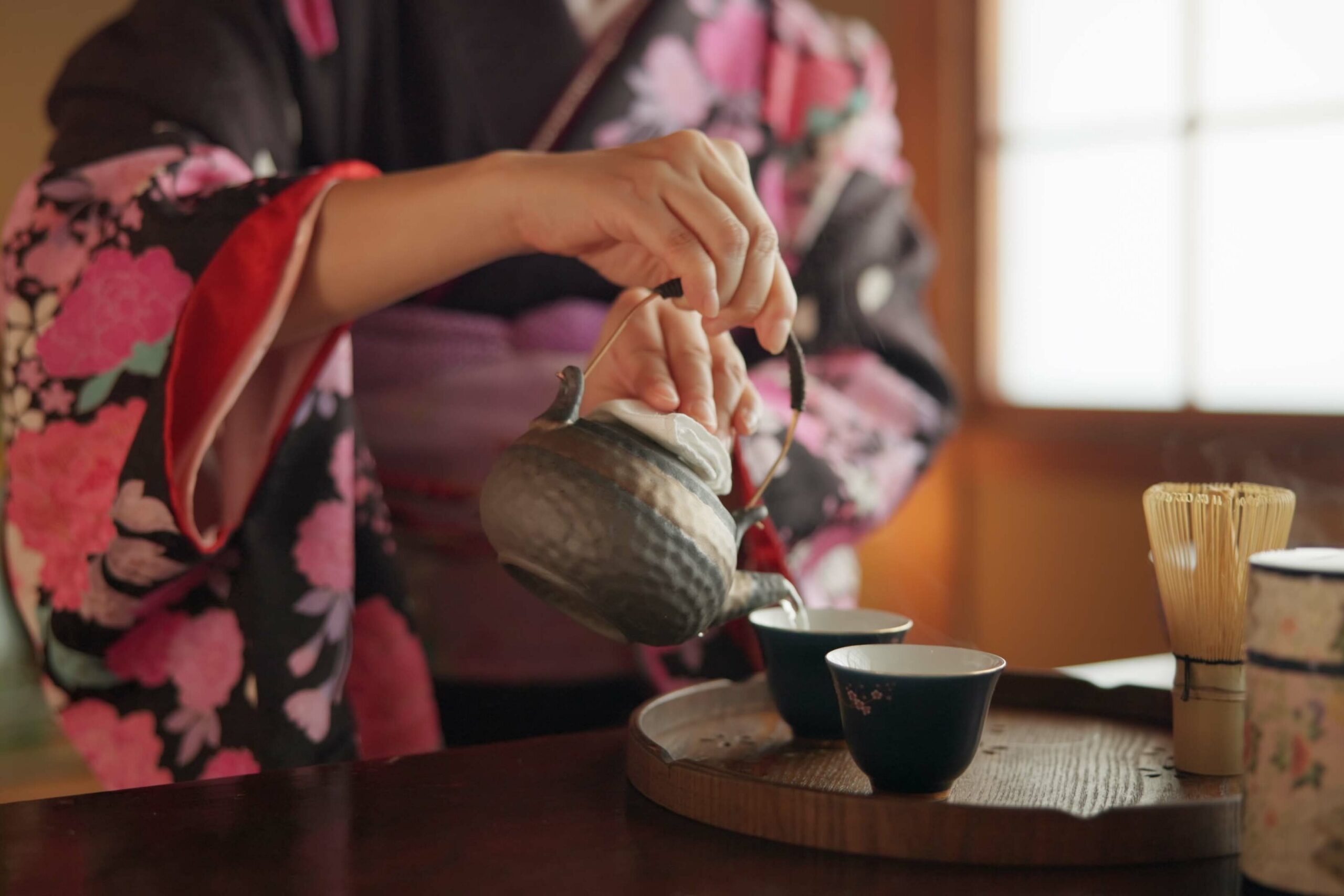
While the Japanese tea ceremony is famous worldwide, it is still practiced in its traditional form in some remote villages. This ritual is slow and deliberate, focusing on the preparation, presentation, and drinking of matcha green tea. Each movement is intentional, symbolizing respect, purity, and tranquility. The ceremony creates a meditative experience where guests feel present and honored.
In these villages, the tea ceremony isn’t just about drinking tea; it’s a spiritual practice connecting people to nature and to each other. The environment, the utensils, and even the way the tea is served are steeped in centuries-old customs. It’s a beautiful reminder that something as simple as tea can be transformed into a meaningful ritual that calms the mind and warms the heart.
5. Using Banana Leaves as Plates in India
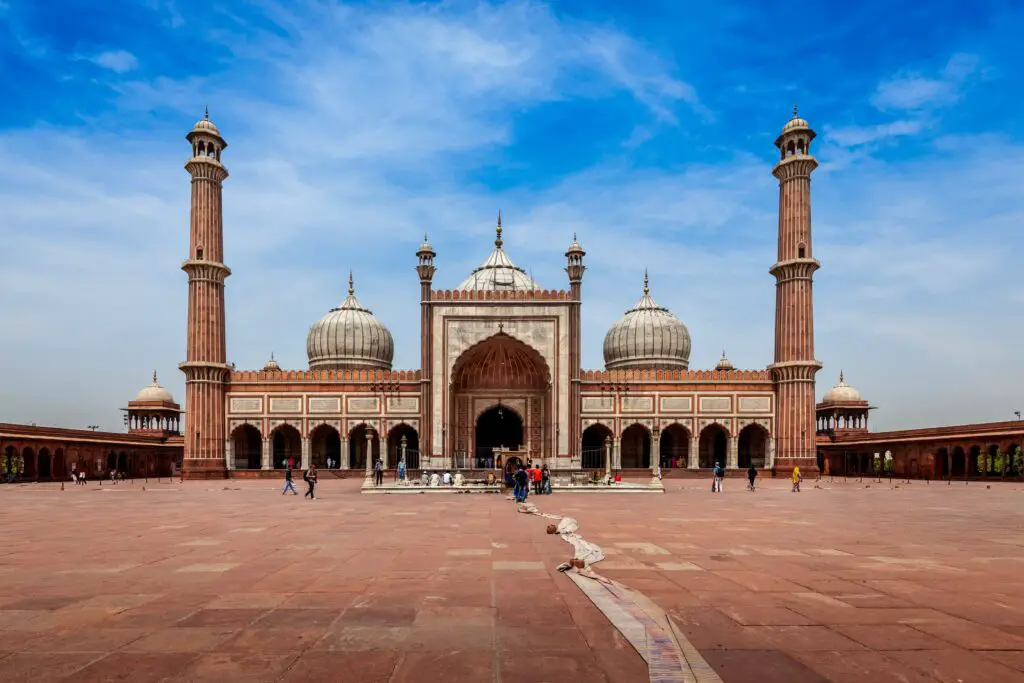
In some rural parts of India, banana leaves are used as plates during meals, especially during festivals and special occasions. This practice is environmentally friendly and believed to enhance the flavor of the food. The leaves are large, fragrant, and biodegradable, making them perfect for serving a variety of dishes. Eating off banana leaves also adds a sensory experience with their fresh aroma.
More than just practical, this ritual is deeply symbolic. Serving food on a banana leaf is considered auspicious and shows respect to guests. It’s also part of the belief that the leaf carries a natural purity that cleanses the food. When you see this tradition in action, it’s clear how it beautifully connects culture, nature, and dining.
6. The Maasai Blood and Milk Drink
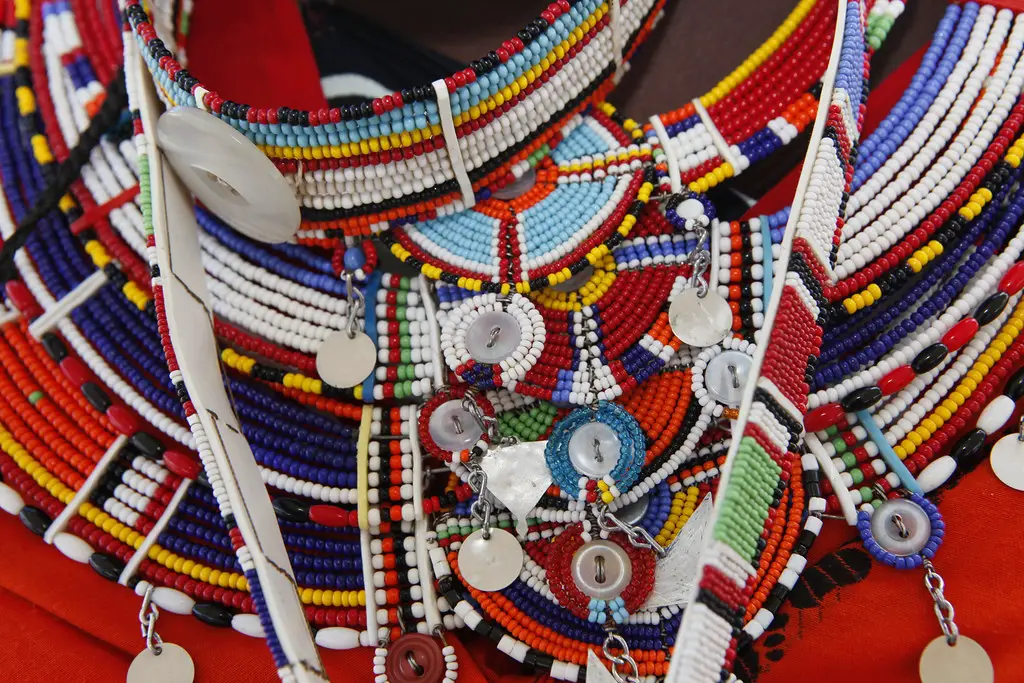
The Maasai people of East Africa maintain an ancient custom of drinking a mix of raw blood and milk from cattle. This ritual beverage is more than a drink; it’s a symbol of life, strength, and connection to their livestock. The blood is carefully drawn in a way that doesn’t harm the animal, showing respect for their source of sustenance. For the Maasai, cattle are central to survival and culture.
Drinking blood mixed with milk might sound unusual to outsiders, but for the Maasai it’s a deeply meaningful tradition. It’s often consumed during ceremonies and rites of passage, reinforcing identity and community ties. This practice highlights how ancient food rituals can carry spiritual and practical significance across generations.
7. The Inuit Seal Feast

In remote Inuit communities, seal meat remains a staple, and the traditional seal feast is a sacred event. Seal hunting itself is considered a skill passed down for generations, and the feast celebrates this connection to the Arctic environment. The meat, blubber, and organs are carefully prepared and shared among family members, symbolizing respect for the animal’s sacrifice.
The feast is not just about survival but about honoring the cycle of life in the harsh Arctic. Eating seal together reinforces family ties and gratitude for nature’s gifts. It’s a reminder that food rituals can hold deep cultural meaning, sustaining not just bodies but also traditions and identities.
8. The Ethiopian Coffee Ceremony
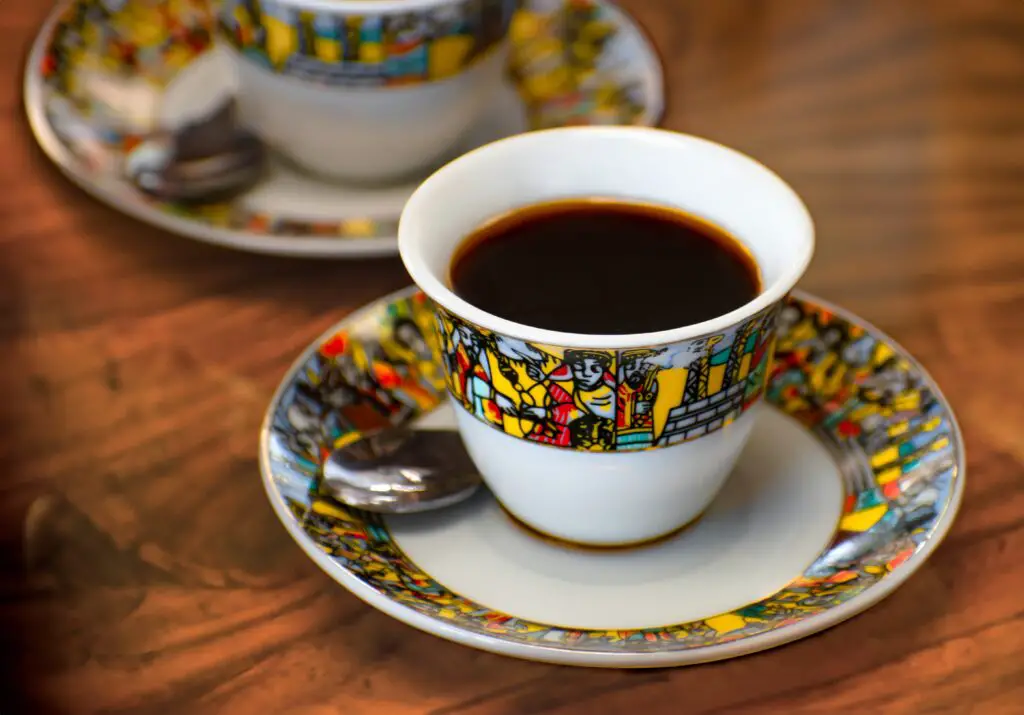
In rural Ethiopia, the coffee ceremony is an elaborate ritual that involves roasting green coffee beans, grinding them, and brewing the coffee in a special pot called a jebena. This process can take an hour or more and is a social event that brings neighbors and family together. The aroma fills the air, and the coffee is served in small cups with careful attention to hospitality.
This ceremony is a symbol of friendship and community, often accompanied by conversation and storytelling. The slow pace of the ritual invites people to relax and savor both the coffee and company. It’s a beautiful example of how food and drink rituals can nurture human connection in simple yet profound ways.
9. The Balinese Rice Offering Ritual
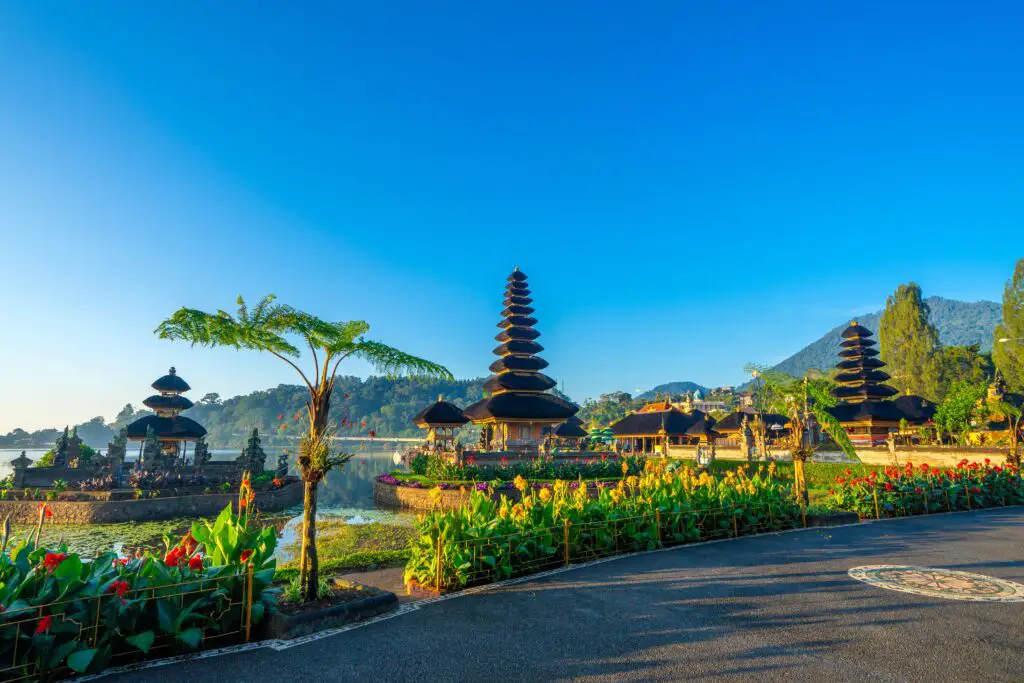
In Bali, rice isn’t just a staple; it’s sacred. Villagers still perform daily offerings of rice to the gods before meals, placing small baskets of rice and flowers at home altars or temples. This ritual is a way of thanking the divine for the harvest and asking for continued blessings. It reflects the belief that food is a gift that must be honored through gratitude.
Eating rice after the offering feels like a shared blessing between humans and spirits. This practice keeps the community closely tied to their agricultural roots and spiritual beliefs. It’s a beautiful reminder that food rituals often blend nourishment with reverence for life’s cycles.
10. The Mongolian Airag Sharing Ceremony
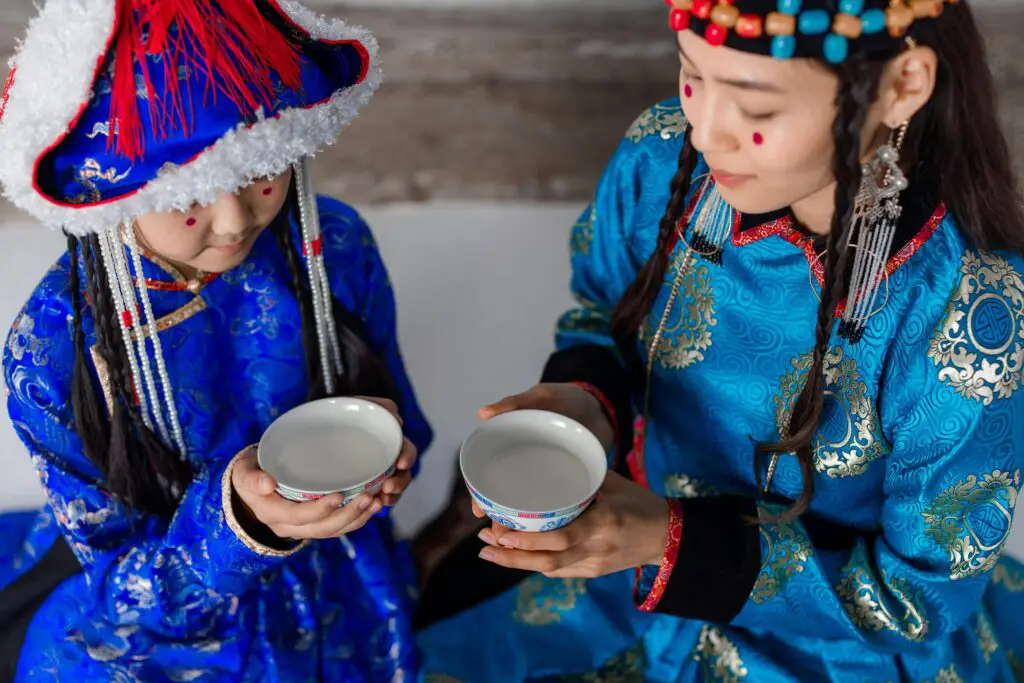
In Mongolia, airag—fermented mare’s milk—is a traditional drink often shared during celebrations. The ritual of serving airag involves pouring it from a special container into bowls that are passed around a circle of guests. This act of sharing honors hospitality and friendship, symbolizing trust and respect among those gathered.
Airag’s slightly sour taste and frothy texture might surprise outsiders, but for Mongolians, it’s a drink that embodies their nomadic heritage and connection to the land. The ceremony is as much about community as it is about the beverage itself. It creates a sense of belonging through a shared, time-honored experience.
11. The Andean Pachamanca Feast
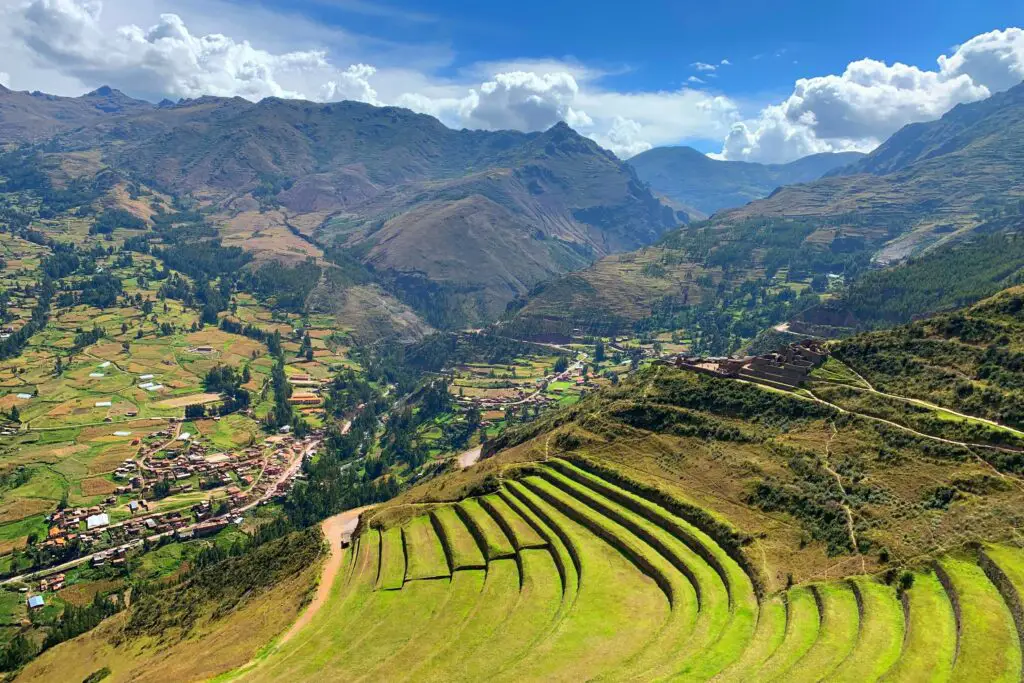
In the highlands of Peru, the Pachamanca is an ancient cooking ritual where food is cooked underground using heated stones. Meat, potatoes, corn, and herbs are wrapped and buried for hours, absorbing earth’s natural warmth and flavors. This slow cooking method is often reserved for festivals or community gatherings, making the meal feel like a celebration of nature’s gifts.
The ritual of preparing and sharing Pachamanca connects people to Pachamama, the Earth Mother, emphasizing respect for the land. Eating food cooked this way becomes a communal act of gratitude. The flavors and the story behind the meal remind everyone that food rituals can be powerful expressions of culture and place.
12. The Thai Sticky Rice Sharing Tradition
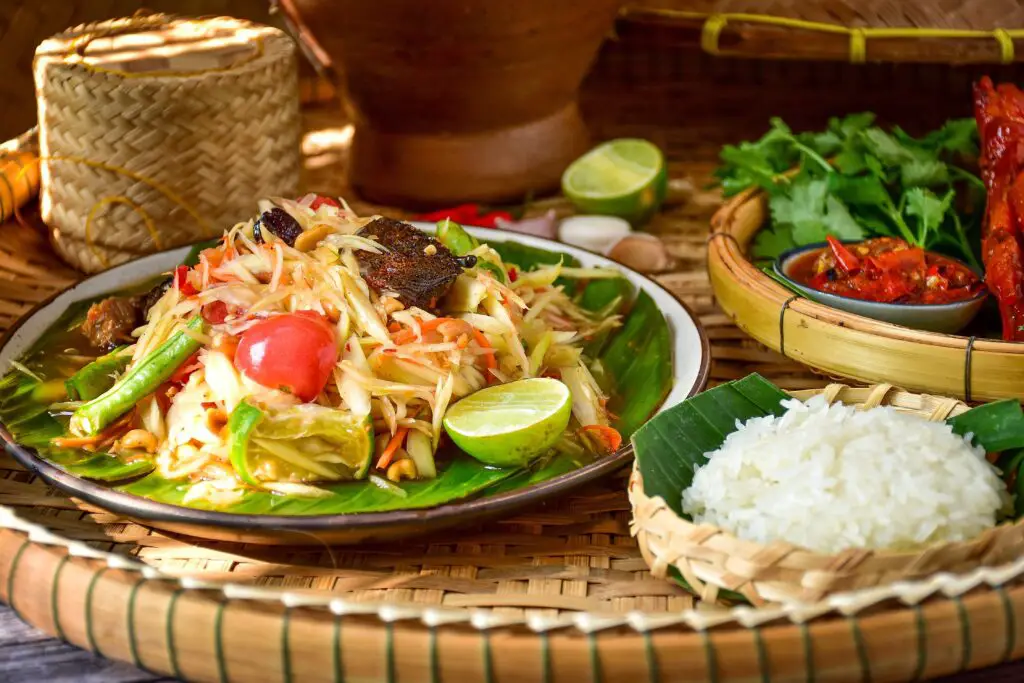
In some remote villages of Thailand, sticky rice is carried in small woven baskets and shared among family and friends throughout the day. This tradition reflects the belief that food sharing nurtures relationships and creates harmony. Sticky rice is eaten with hands, and its texture makes it perfect for breaking apart and passing around easily.
This simple act of sharing sticky rice is a daily reminder of connection and care. It’s less about the food itself and more about the ritual of generosity it fosters. Seeing this practice in action reveals how small food rituals can build big bridges between people, making every meal a shared experience.
